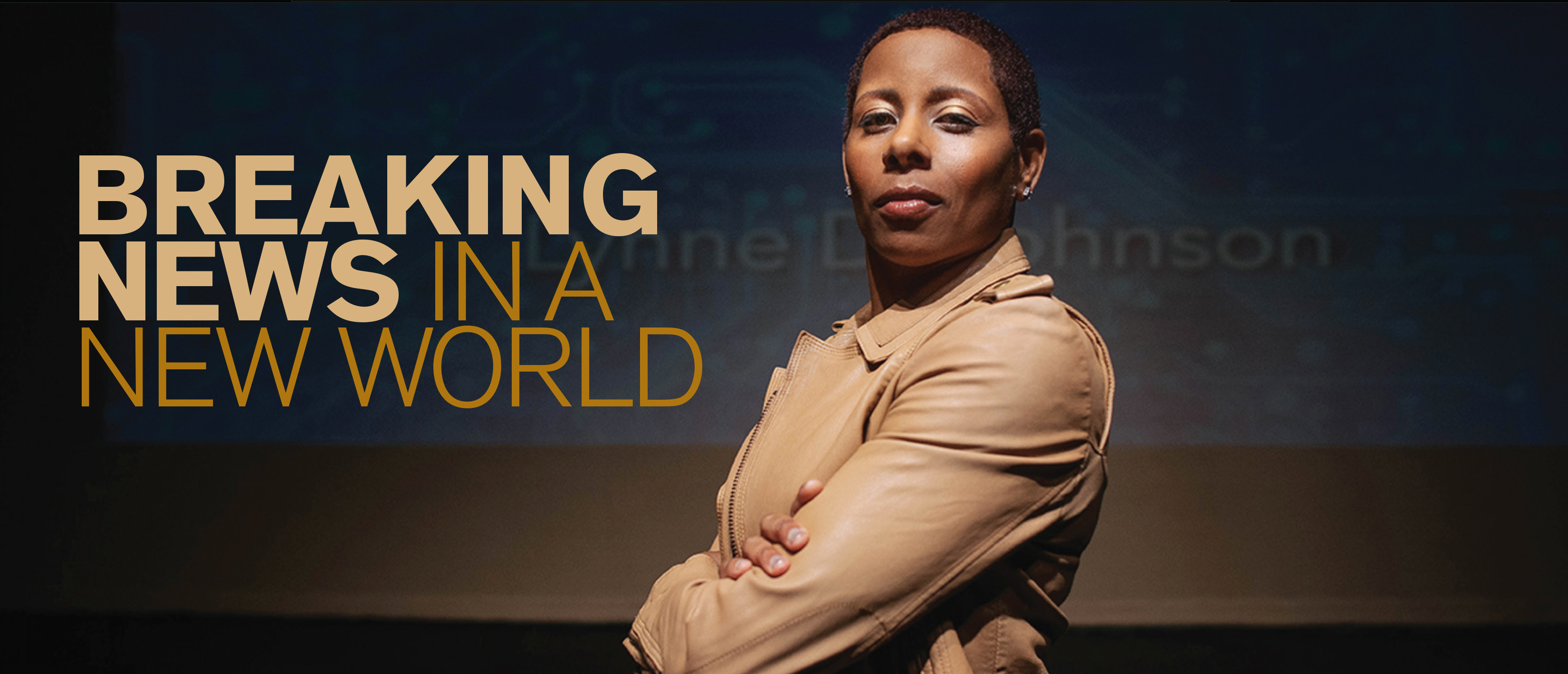
Lynne D. Johnson ‘90 (Journalism), digital strategist and storyteller, embraces the strength of social media
Twitter is celebrating 10 years of success in 2017 and the list of social media tools available to journalists continues to grow. For decades, traditional journalists shared information with audiences to consume passively. But this outdated methodology has evolved, and now professional and citizen journalists are embracing the online world of social media in order to stay #current.

The evolution of storytelling
When Lynne D. Johnson ’90 (Journalism) graduated from SUNY New Paltz, the internet was just becoming a part of many American homes and businesses. This revolution accelerated the decline of the traditional 20th century media’s hold on America and helped cause a shift in the way modern media would function and thrive. Luckily for Johnson, she was prepared.
“At New Paltz I was always taught in my journalism courses to look for the story, to investigate and research,” said Johnson. “Social media and the internet just offered new tools to help find the story, the sources and inform readers.”
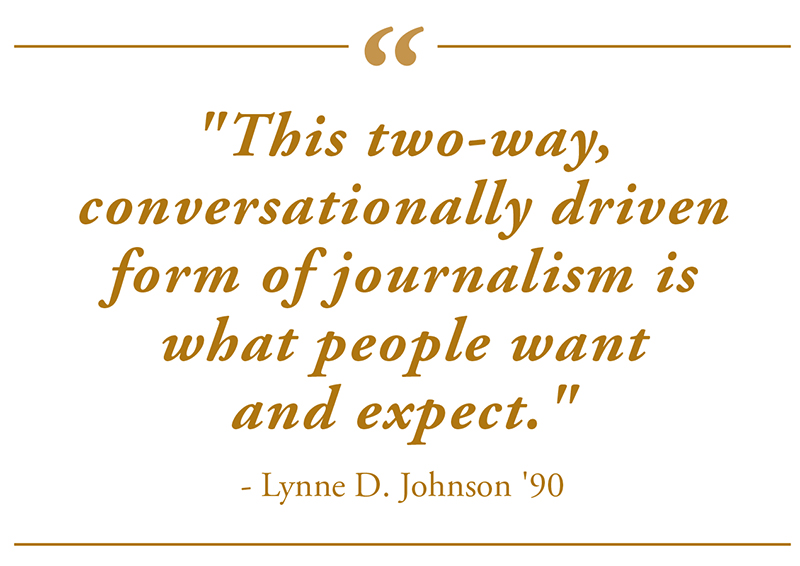
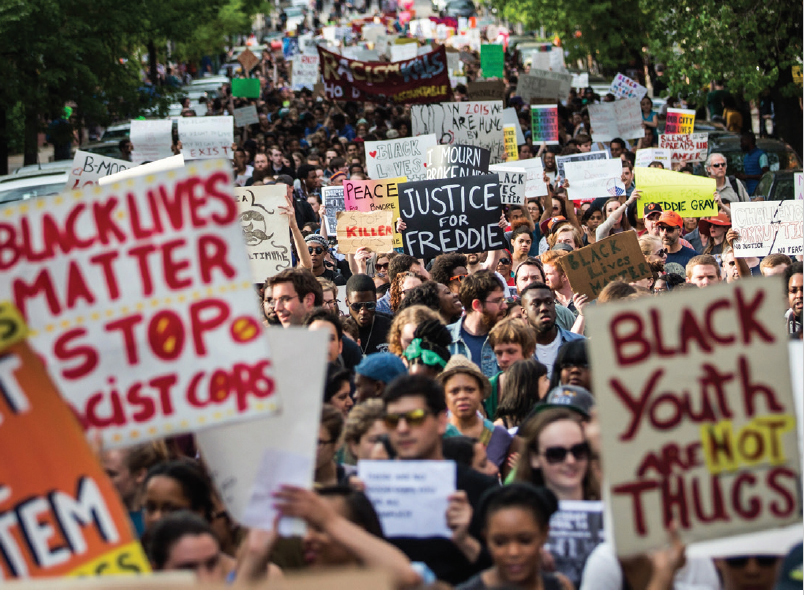
Now, as an acclaimed digital strategist and storyteller, Johnson develops cutting-edge content and community platforms for top media brands like Vibe, Spin and Fast Company. Currently, Lynne is a consultant, adjunct professor and freelance tech evangelist who writes a weekly tech column for Ebony.com. She is also a frequent guest on the widely viewed web series This Week In Google.
“My current work is very on trend,” said Johnson. “But I always reflect on my traditional journalism experience; I think both sides can learn a lot from each other.”

As social media transforms the professional landscape for current students of journalism, Johnson feels that having an understanding of traditional newsgathering will help them adapt to a rapidly changing industry. By being able to make correlations between traditional and digital, young content strategists can more adequately tackle stories. Johnson often reflects on her undergraduate internship at the Legislative Gazette, where she had to rely on persistence, research and utilizing any means necessary to get the story out.
“That experience encouraged me to dig deeper as a journalist, which naturally led me to embrace new technology available to dig as deeply as necessary,” said Johnson. “Now, hashtags are the new beats. We’re still tracking down the story, we’re just using new tools to do it.”
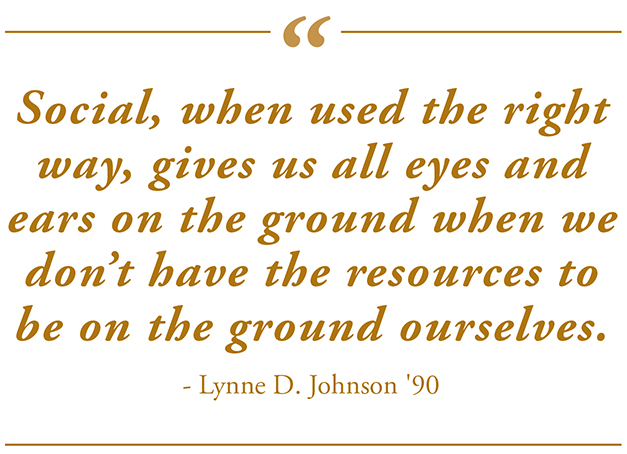
Audience Engagement
Today’s audiences expect to choose what they read and believe that they should be able to contribute content and opinions, too. This shift is not the demise of journalism as America once knew it, but instead the birth of a movement that emphasizes many of journalism’s key factors: transparency, honesty and giving a voice to the person who may not have one.
“This two-way, conversationally driven form of journalism is what people want and expect,” said Johnson. “By embracing community engagement early on in my career, I have been able to help others see the importance and impact of truly engaging your audience, and therefore having a better understanding of what they’re looking for.”
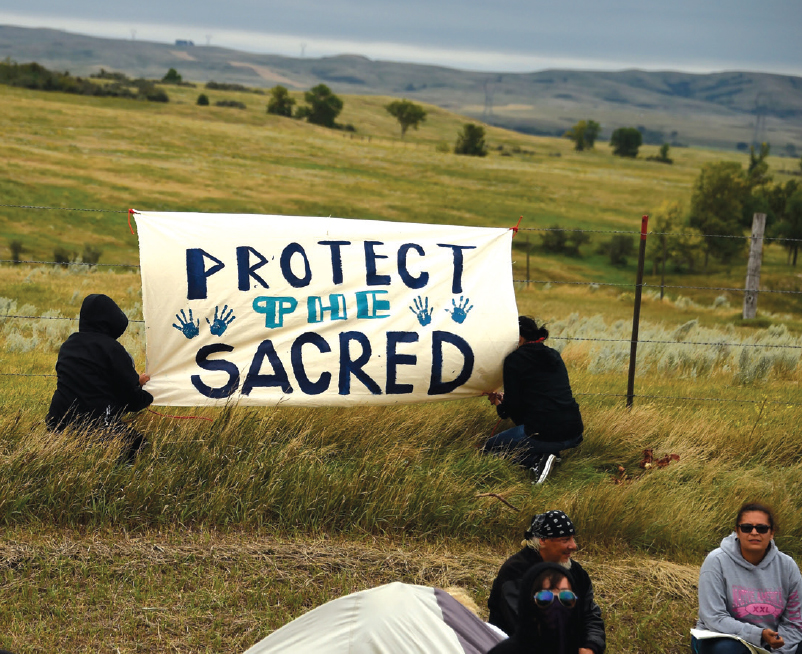
Through her blogging platform in the early 2000s, Johnson remembers the occasional scoff from professional journalists. Many felt that blogging was lowbrow journalism and lacked substance. But blogging preceded a return to citizen journalism, where anyone with a voice was able to discuss the issues important to them. Now, through comments and online conversations, readers are able to become a part of the stories they read, sometimes offering new insights and information.
During her 25-year career, Johnson has embraced the changes to her profession and has subsequently landed on top. But she isn’t done learning and continues to try each new application or online tool with enthusiasm and success. She sees the positive impact of social media on journalism; from enhancements to traditional media’s limited resources, to audience engagement and the unique ways of discovering stories.
“What social offers is not just the audience engagement piece,” said Johnson. “But a distinctive way of unearthing stories that need to be told with the necessary information to back things up.”
Making a Difference
Last year’s top news stories show the impact of social media on our society and our newsgathering and disseminating practices. The U.S. Presidential election, Black Lives Matter, and Brexit all made worldwide headlines in 2016 and each had their own hashtags, community conversations and multimedia components to accompany them. The news was not just shared with a captive audience, but it provoked them to get involved and further the public understanding of each event.
Specifically, Johnson is reminded of the numerous stories involving incidents between police officers and young African American men that filled her newsfeed last year.
“Social, when used the right way, gives us all eyes and ears on the ground when we don’t have the resources to be on the ground ourselves,” she said. “This is one of the foundations of journalism and one that can now expand with the appropriate use of social media and live video. Videos do not lie and so they offer us more authenticity – isn’t that what journalism is all about?”






